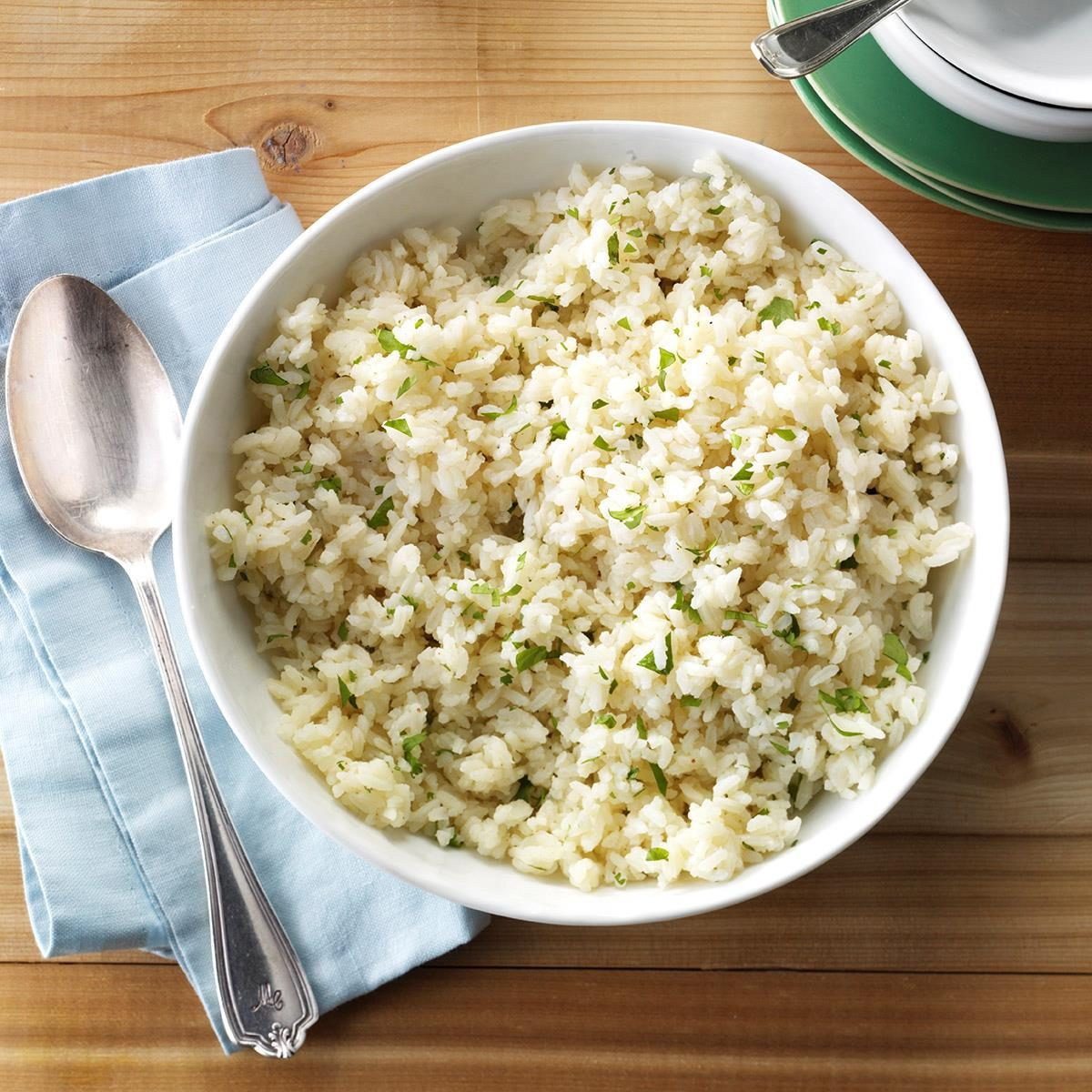Mexican cuisine is a vibrant tapestry woven with centuries of history, indigenous ingredients, and Spanish influences. Beyond the familiar tacos and burritos often found in Tex-Mex establishments, lies a rich world of Traditional Mexican Dishes, each telling a story of regional culture and culinary heritage. Understanding these dishes is key to truly appreciating the depth and complexity of Mexican food.
What exactly constitutes a traditional Mexican dish? It’s a combination of factors rooted in history and geography. Many dishes rely on staple ingredients like corn, beans, and chili peppers – cultivated in Mexico for millennia. Traditional cooking methods, often passed down through generations, emphasize slow cooking and drawing out deep flavors. Furthermore, Mexican cuisine is incredibly regional, with each state boasting unique specialties and variations based on locally available ingredients and cultural influences.
To embark on a culinary journey through traditional Mexican dishes, one must explore beyond the surface. While tacos are indeed a cornerstone of Mexican street food, their traditional forms are far more diverse and nuanced than many realize. Consider tacos al pastor, marinated pork cooked on a vertical spit, a testament to Lebanese influence in Mexico. Or cochinita pibil, slow-roasted pork from the Yucatán Peninsula, marinated in achiote paste, offering a glimpse into pre-Hispanic Mayan flavors.
Beyond tacos, the landscape of traditional Mexican dishes broadens immensely. Soups and stews, known as caldos and sopas, are integral to Mexican home cooking. Pozole, a hearty stew made with hominy and pork or chicken, is a celebratory dish with pre-Columbian origins. Menudo, a tripe soup, is believed to have restorative properties and is often enjoyed on weekend mornings.
Main courses in traditional Mexican cuisine showcase a mastery of meat and sauces. Mole, perhaps one of the most complex and celebrated sauces, comes in numerous regional variations, each a blend of chilies, spices, and sometimes chocolate, requiring hours of patient simmering. Enchiladas, corn tortillas filled and covered in sauce, cheese, and often sour cream, are another versatile dish with countless regional adaptations.
Even seemingly simple side dishes can be deeply rooted in tradition. Rice, often served alongside main courses, is elevated in dishes like cilantro lime rice, a flavorful and aromatic accompaniment.
 Cilantro Lime Rice Exps Thfm17 102998 B09 21 3b 2 A
Cilantro Lime Rice Exps Thfm17 102998 B09 21 3b 2 A
Authenticity in traditional Mexican dishes is a topic of ongoing discussion. While some might associate authenticity with strict adherence to historical recipes, a more nuanced understanding acknowledges the evolution of culinary traditions. Using fresh, high-quality ingredients and respecting traditional cooking techniques are key. It’s also important to recognize that Mexican cuisine in Mexico is far less reliant on heavy cheese usage than often perceived in international adaptations. Similarly, the diverse world of Mexican chili peppers offers a spectrum of flavors beyond just heat, crucial for building authentic flavor profiles. Exploring different cuts of meat, as emphasized in Mexican carnicerías and taco stands, is another step towards experiencing true traditional Mexican dishes.
In conclusion, delving into traditional Mexican dishes is a rewarding exploration of culture, history, and flavor. From complex moles to comforting soups and flavorful rice, each dish offers a taste of Mexico’s rich culinary heritage. By moving beyond simplified notions of Mexican food and embracing the diversity and regionality of its traditional dishes, one can gain a deeper appreciation for this vibrant and delicious cuisine.